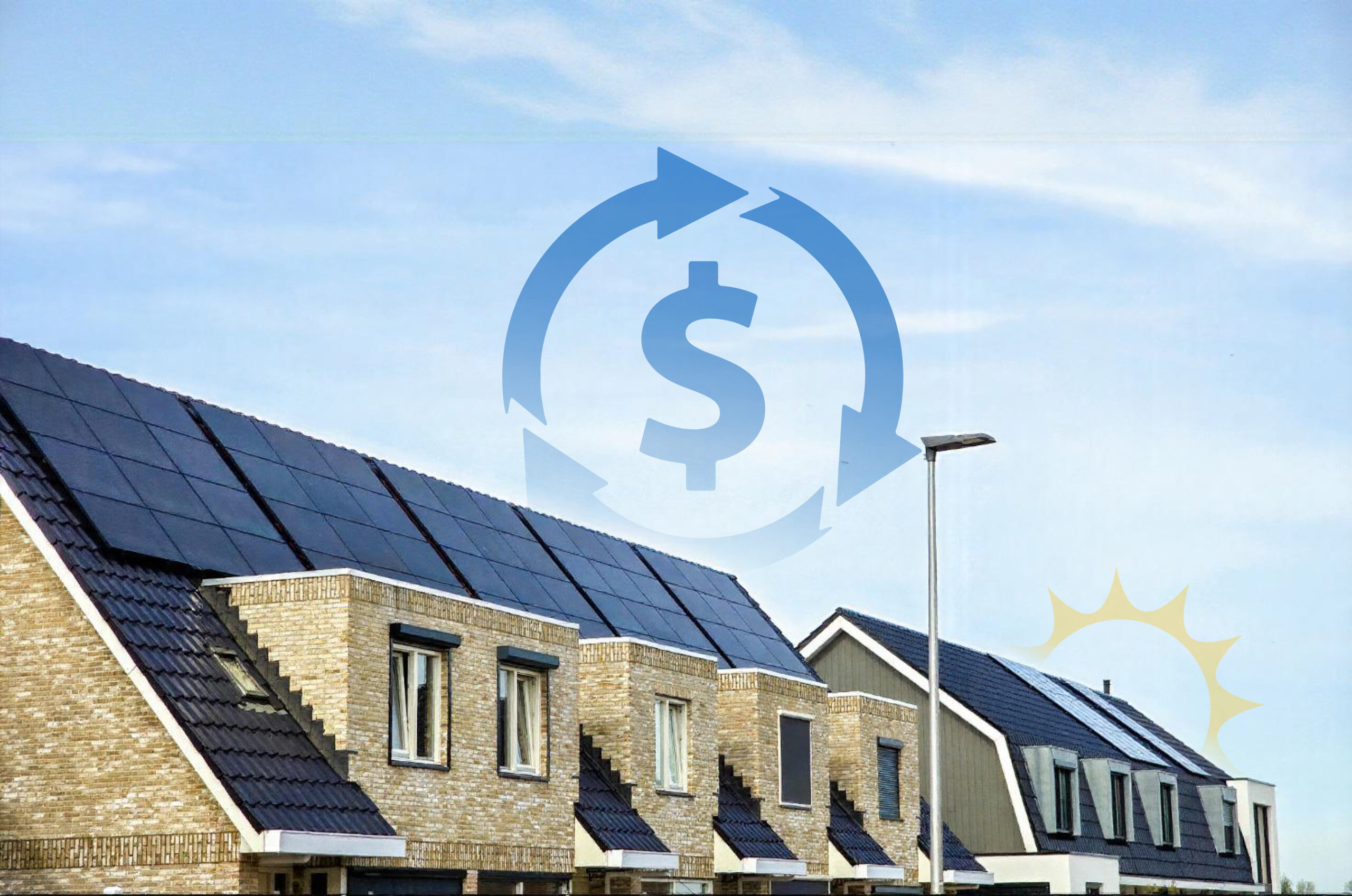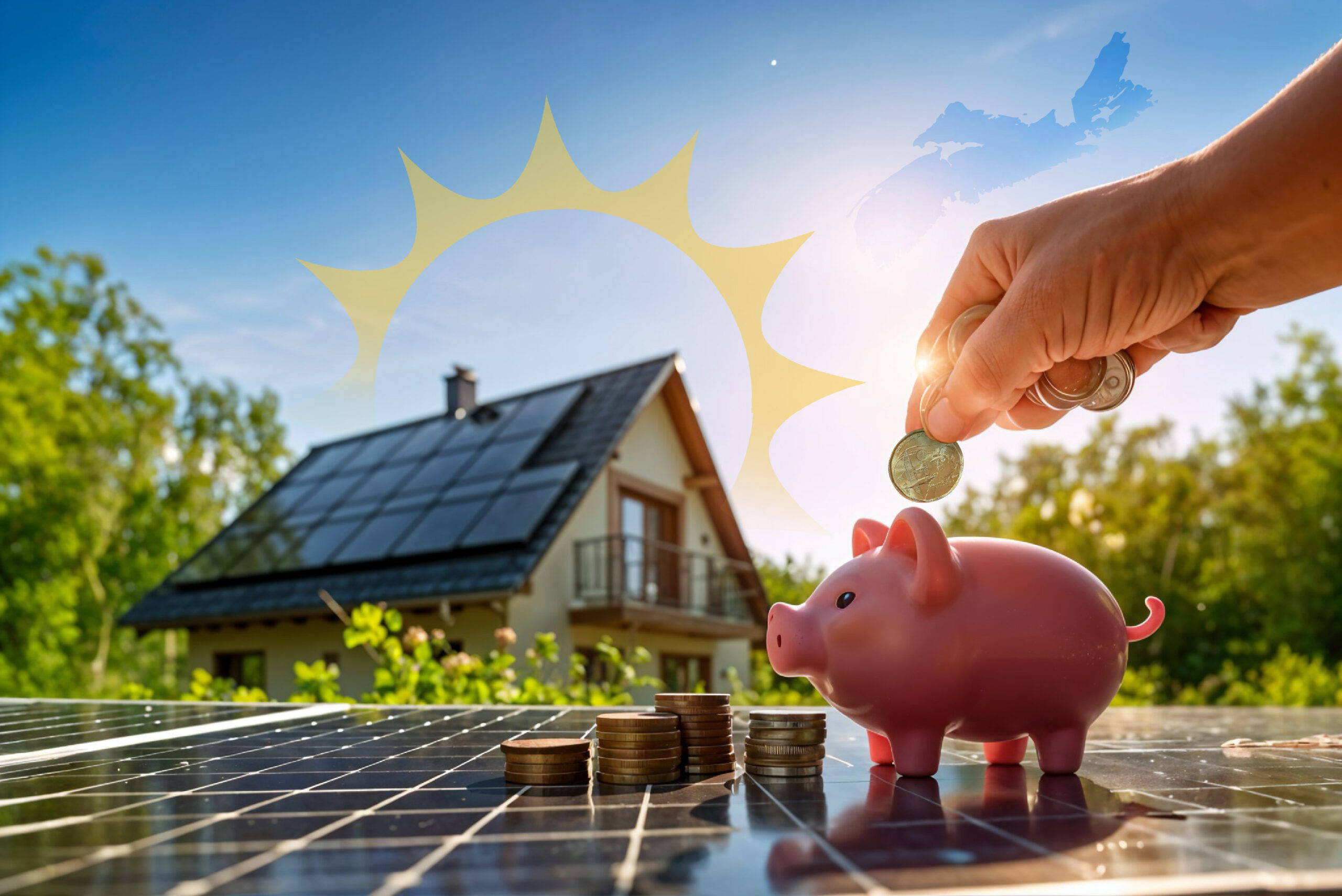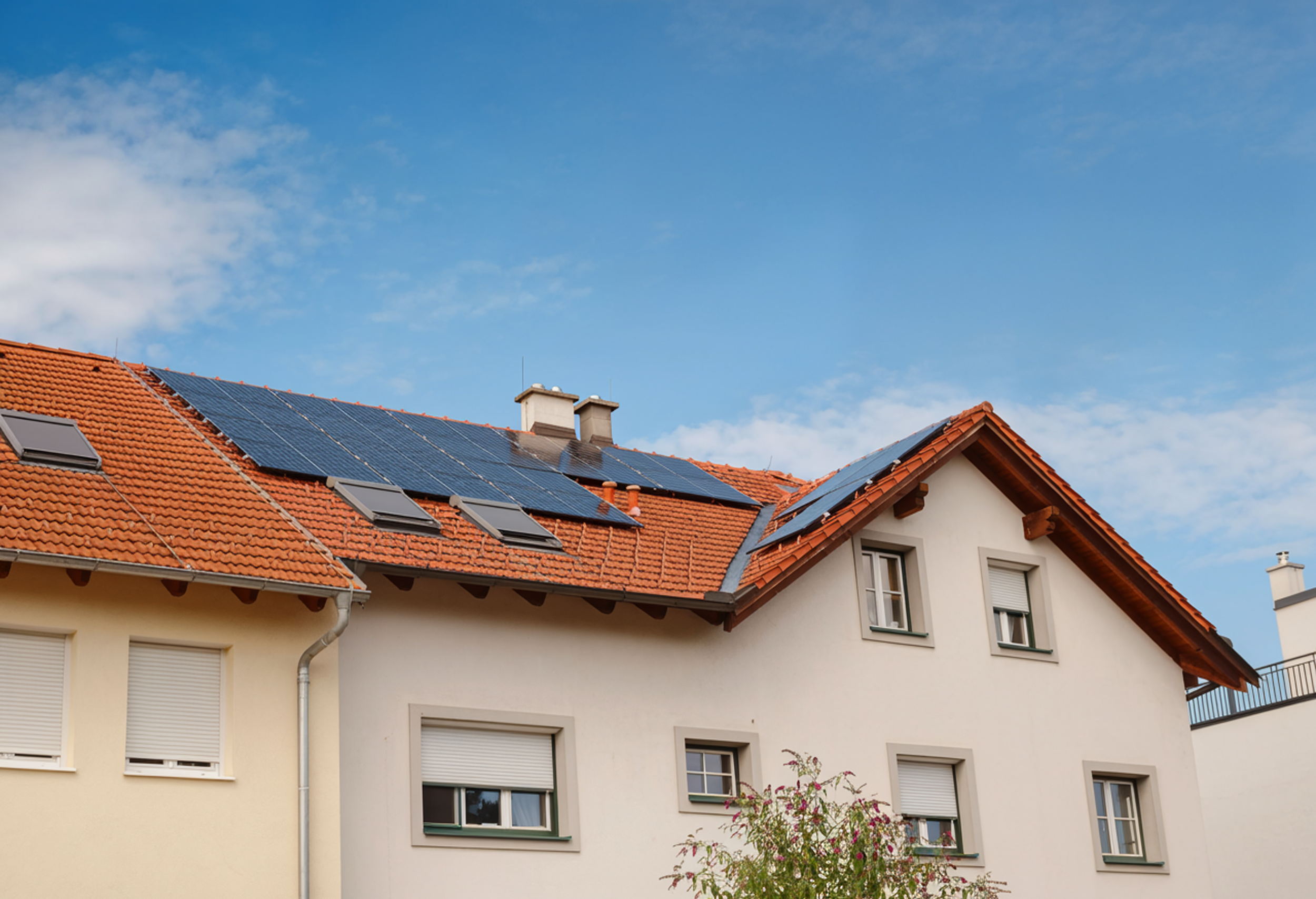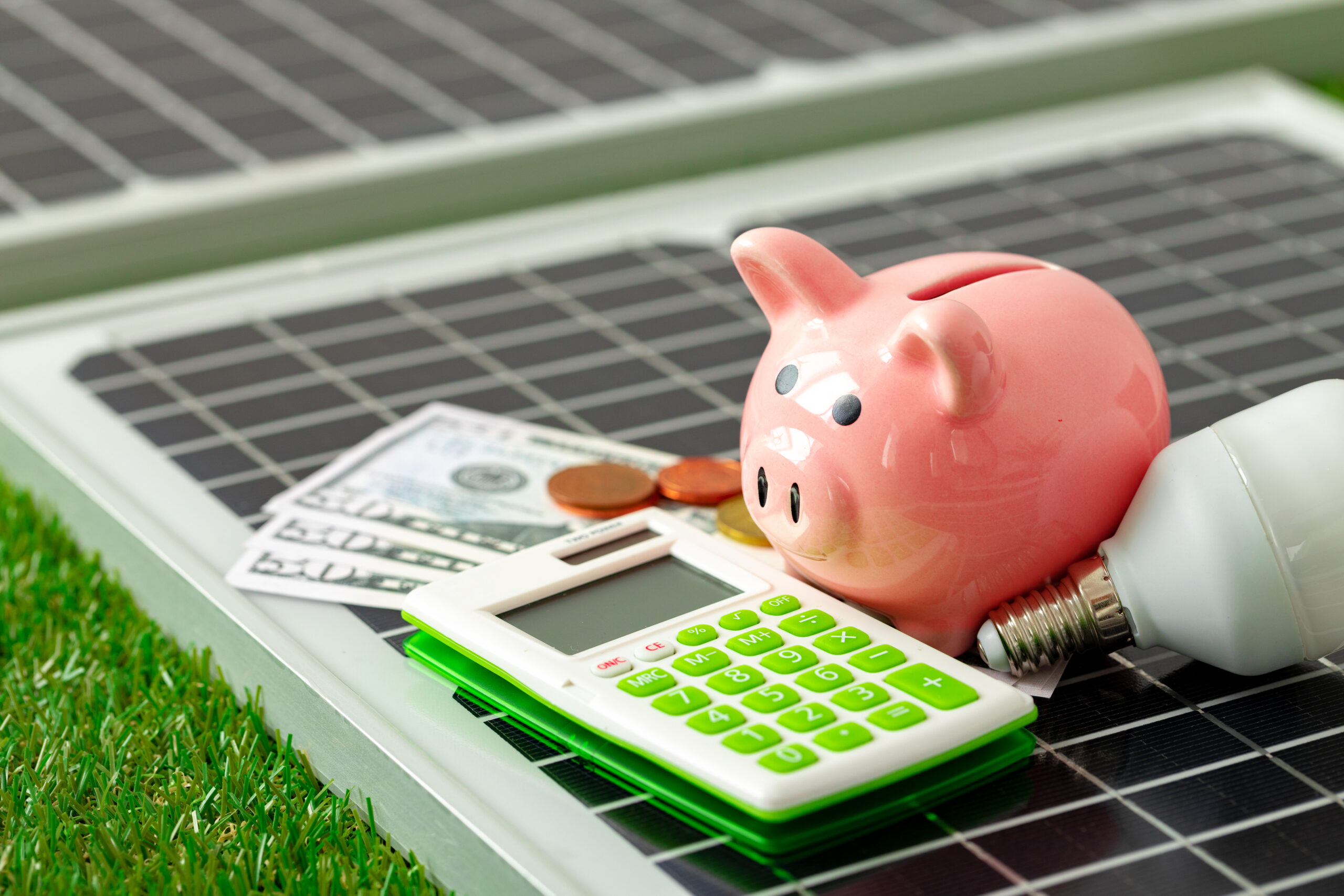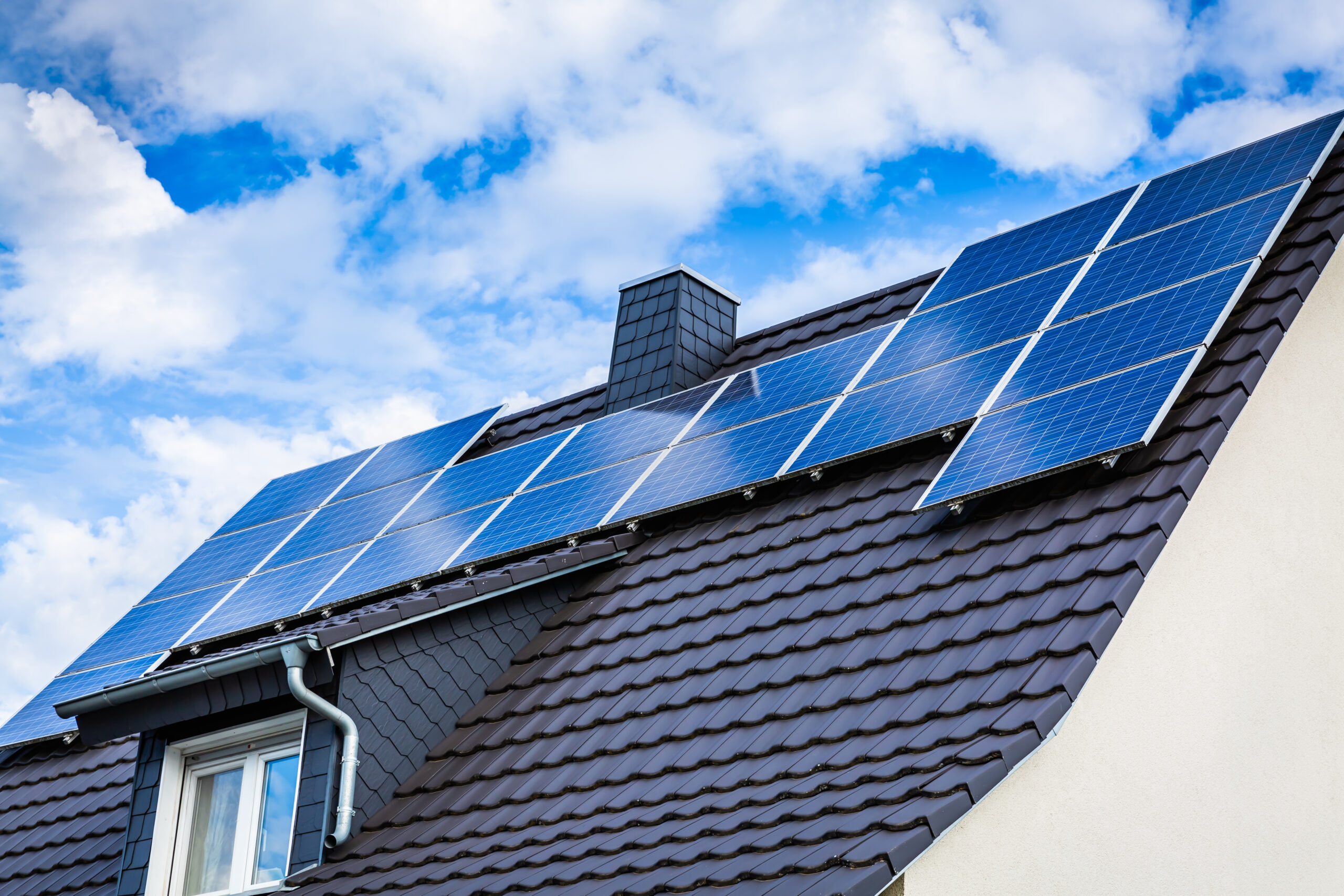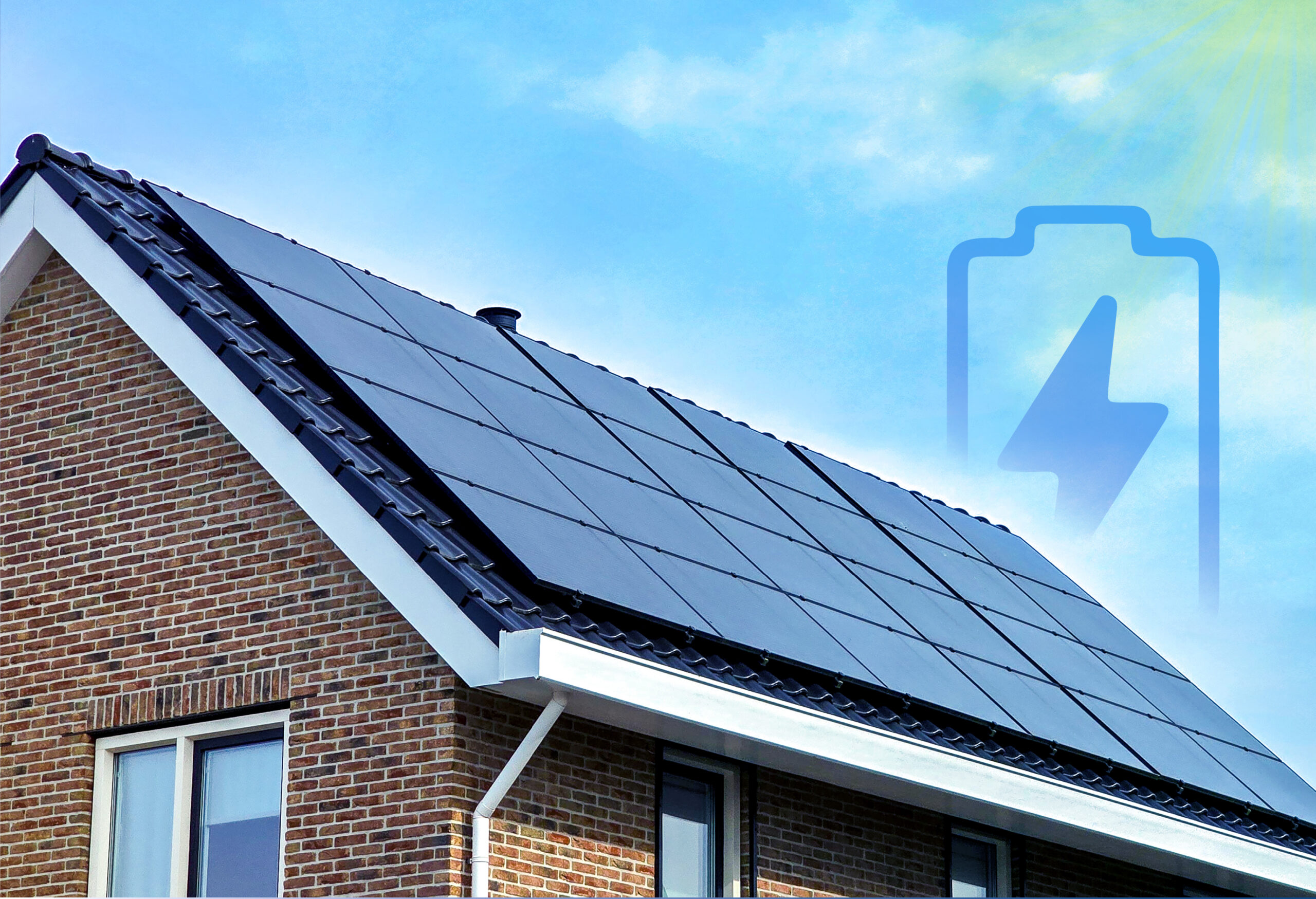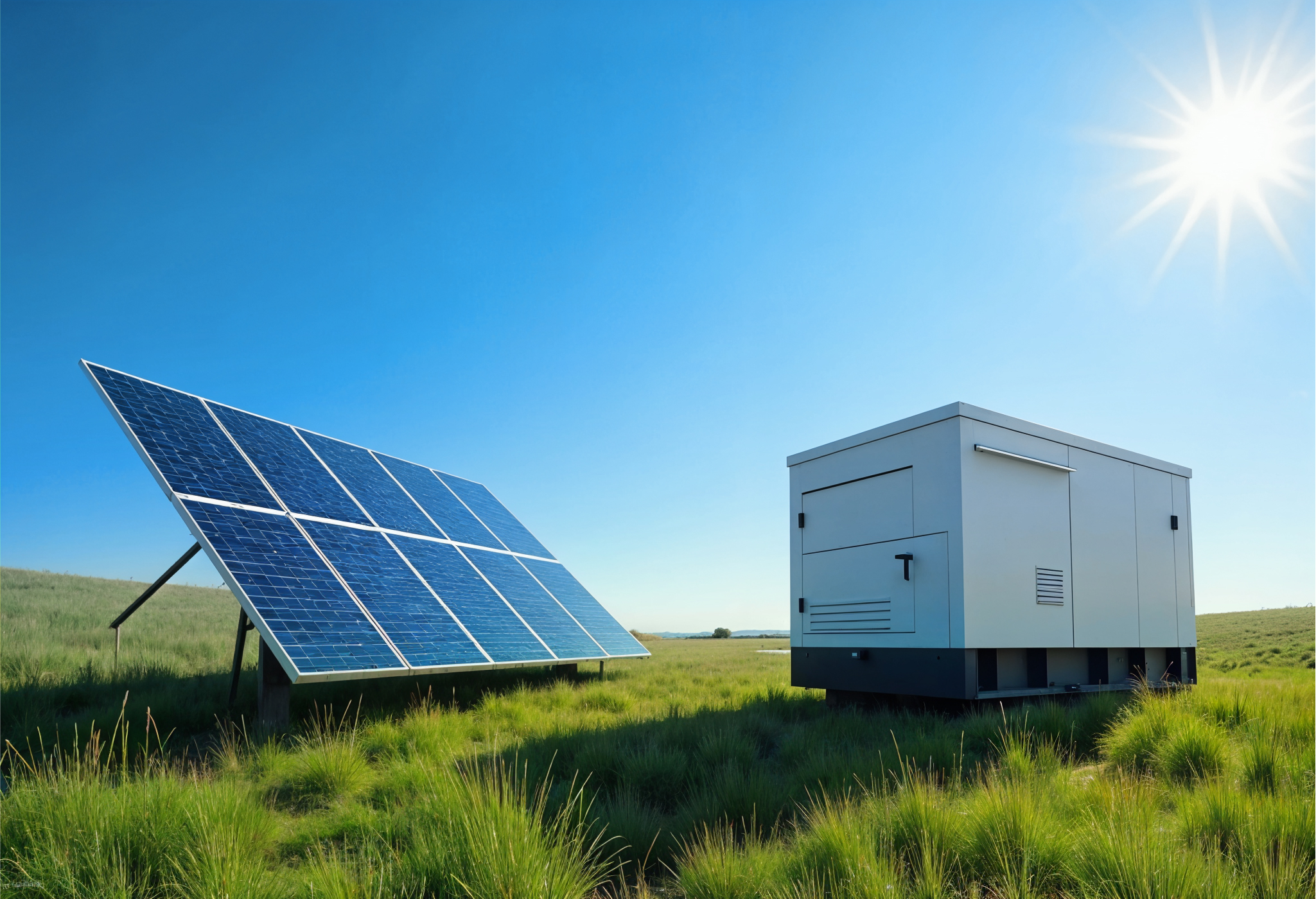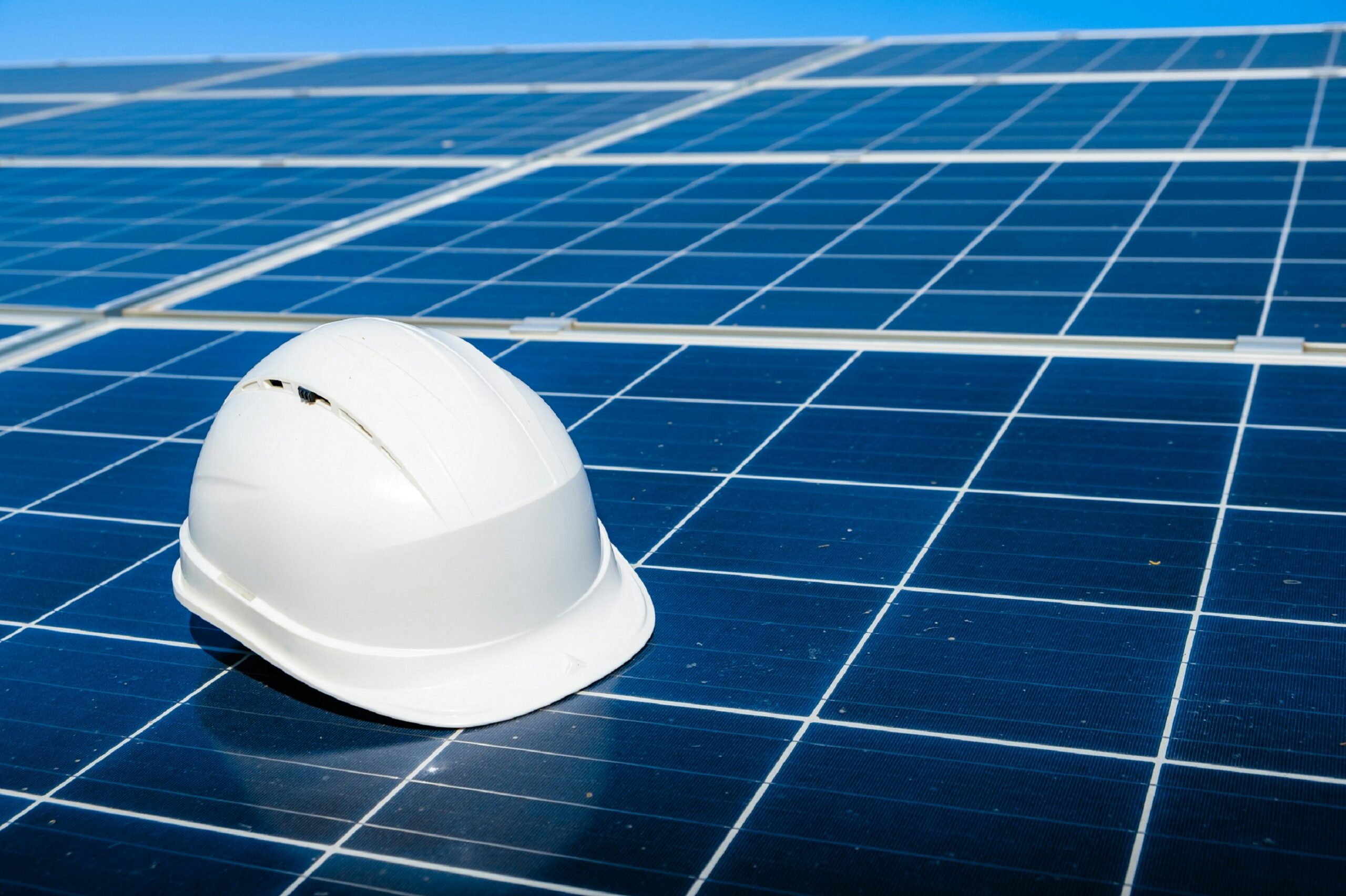Author: Mariela Guanchez
If you’ve skimmed the headlines lately, you’ve probably noticed talk of wind farms, massive solar expansions, and net-zero goals. Is all this just environmental hype, or is Canada truly pivoting to a greener future? Spoiler: It’s very real—and Renewable Energy Canada style is accelerating quickly. Let’s look at how the nation is turning toward solar, wind, and other renewables, plus how you can hop aboard with a simple rooftop installation that benefits both your wallet and the planet.
The Canadian Renewable Landscape
From British Columbia’s hydro assets to Ontario’s solar expansions and Atlantic Canada’s wind-swept coasts, each region finds unique ways to harness clean energy. Federal programs offer financial boosts for those adopting renewables, aiming to slash carbon emissions by significant percentages within the next couple of decades. The impetus is twofold: meet global climate targets and stabilize long-term energy costs.
Solar Adoption: More Than a Trend
At first, solar might seem overshadowed by Canada’s well-established hydro resources. But with the cost of panels plunging and new net metering rules making it easy to sell surplus power back, solar is blossoming across provinces. Factor in a wave of clean power initiatives—like the Canada Greener Homes program—and we see more rooftops going solar each year. Even utility-scale solar farms are gaining traction in sunnier regions.
How You Can Join the Shift
- Assess Your Roof: If you have decent sunlight exposure for several hours daily, you’re likely a candidate for solar. Steeper pitches shed snow well, which keeps winter production from nose-diving.
- Consult Atlantic Solar: Our team is plugged into local incentives. We can show you how a 5–10 kW system (a typical range for many homes) can offset a hefty chunk of your monthly electric bill.
- Tap Federal and Provincial Programs: Leverage that zero-interest Greener Homes Loan or local rebates. If you stack them properly, your monthly loan payments could match or undercut your old utility bill.
The Climate Targets and the Consumer Advantage
Canada aims for net-zero emissions by 2050, an ambitious mark. Ramping up solar is a crucial puzzle piece. Every homeowner or business that jumps aboard helps lighten the load on the grid, reduces fossil fuel usage, and cements a climate-friendly legacy. Meanwhile, from a personal finance standpoint, you get stable, predictable power costs. It’s a scenario in which your moral and financial compasses align perfectly.
Beyond Homes: Commercial and Community Projects
Businesses see solar as a way to lock in energy costs and project a green brand image. Community solar gardens are also popping up, letting folks without prime roofs (think renters or condo dwellers) invest in a shared solar farm. As these commercial or community-led efforts expand, the entire power mix leans greener, and Canadians get a stronger safety net against future rate hikes.
Overcoming Misconceptions
“Is Canada sunny enough for solar?” Indeed, large swaths have ample sunlight, especially from spring to fall. Even in winter, cold temps can boost panel efficiency. Pair that with net metering to offset darker periods, and solar math often checks out. “Aren’t panels too expensive?” Not when factoring in the plummeting cost of hardware, plus government incentives that can carve thousands off the final bill.
Real Example: A Family in NS
One family in rural Nova Scotia decided to install a moderate 6 kW array. Between a local rebate and a partial federal grant, their net cost was about $18,000. They financed it via a 0% interest route, making monthly loan payments near $140. Their old bill was roughly $160 a month, so from day one, they’re saving $20 monthly while fueling their home with solar. They say the sense of self-reliance—and relief from rate hikes—makes the entire process more than worth it.
Vision for the Future
As the cost of solar continues dropping and battery technology improves, we might see more grid-tied plus battery combos, even microgrids in smaller communities. This transforms how Canadians interact with energy. Instead of passively buying power from centralized stations, we collectively become producers, reinforcing grid stability, especially in remote areas. That’s Powering Canada’s Future: a decentralized, greener network where everyone from big cities to small towns shares in the benefits.
Conclusion
Canada’s renewable energy shift is no mere buzzword. It’s an ongoing transformation, pulling in government support, consumer interest, and private sector innovation. By adopting solar—be it on a Halifax rooftop or a commercial site in Ontario—you become a vital part of that shift. Atlantic Solar is here to help with the practicalities, ensuring you claim every incentive and seamlessly integrate with the grid. Because powering Canada’s future isn’t just about big wind farms or giant solar deserts overseas—it’s about everyday folks equipping their homes with panels that harvest the sun’s free gift.

